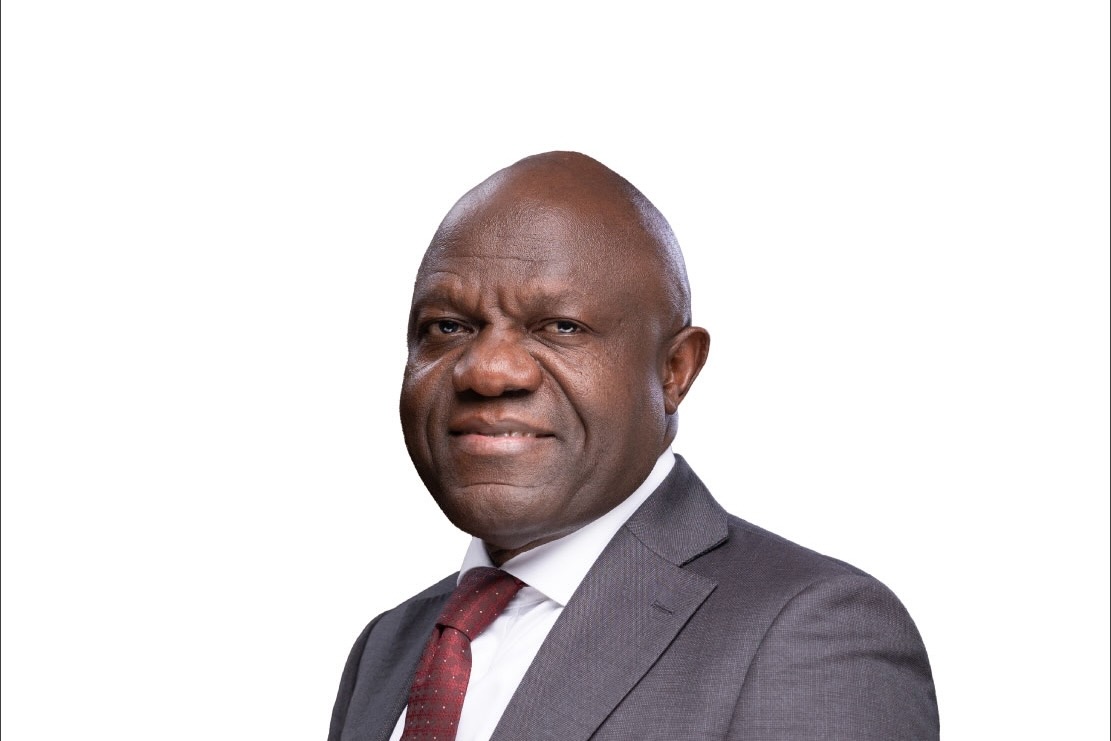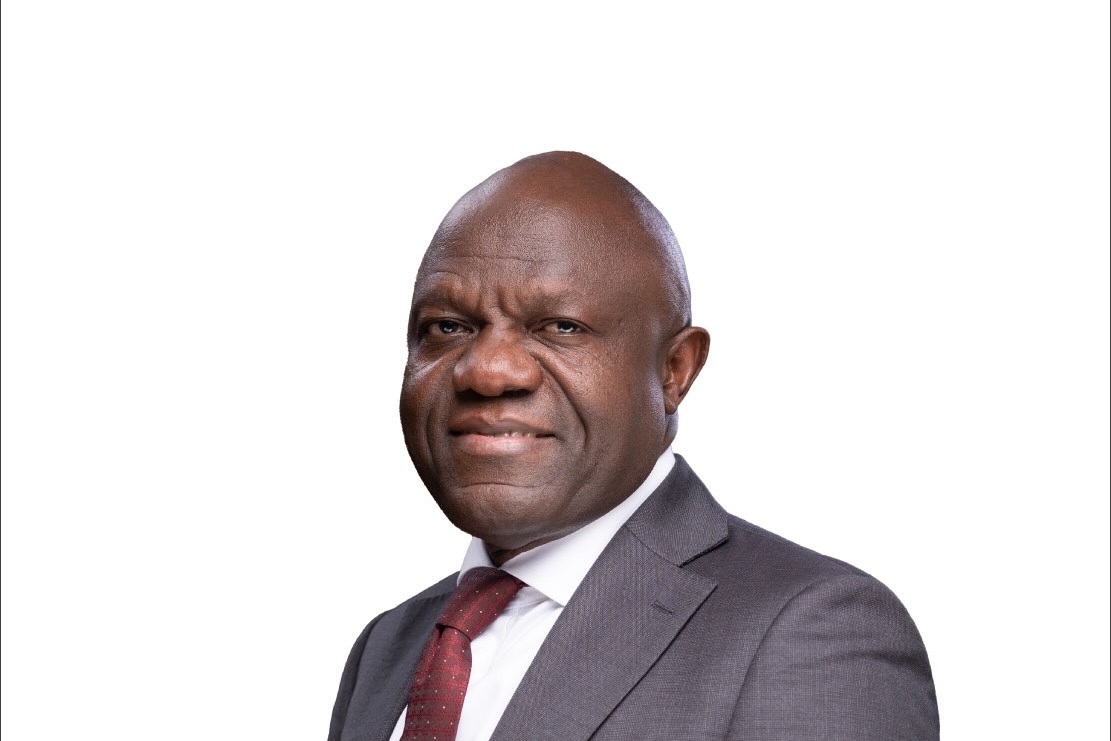We are ready to facilitate regional trade – TPA
Uganda plans to start oil production in 2025 and it will require some support from a neighbour. How ready is TPA in regard to facilitating this oil project?
TPA is ready to facilitate both the construction of EACOP as well as provide a seamless gateway for Uganda’s oil and gas projects.
Because EACOP will transport crude oil from Uganda’s Lake Albert oilfields to the Port of Tanga from where it will be delivered to the world markets, we at the TPA appreciate the role we have to play in ensuring the successful construction and operation of the pipeline.
Before Uganda’s crude oil is exported, a lot of the imported material to use in the construction of the 1,443km pipeline (296 km in Uganda and 1147km in Tanzania) will come through the Tanzania port.
The Port of Dar es Salaam alone is expected to handle more than 90 percent of the equipment and material imported for the construction of EACOP. The Port has a total of 12 berths, with a quay length of 2,600 metres and an intrinsic capacity to handle more than 18 million tonnes of cargo.
By 2025, it will improve its capacity to 28 million tonnes.
We are not talking about ordinary equipment and cargo. You might want to know that the nature of oil and industry equipment ranges from heavy to sophisticated equipment. Is that something you can contend with?
Look, we have to get rid of the mindset that we are not good enough and therefore not capable of handling heavy, complex cargos or equipment. As a region, we should be able to handle our business. This is how collectively as EAC and the continent at large we shall eventually hit the heights. For example, our modern equipment and machinery like the Ship to Shore Gantry, Rubber Tyred Gantry, Rail Mounted Gantry cranes, fork lifts, terminal trucks and trailers will cope with the different types of oil and gas cargo ranging from containerised, break-bulk and abnormal loads or out-of-gauge cargo.
We are expecting lots of pipe-work for the EACOP project and have, as a result, built a system to efficiently manage the 18 metre pipes from the vessels. The discharge rate of crane to quayside is estimated at 40 seconds per pipe; so we shall be in position to clear a load of 5,500 pipes within five days of vessel arrival.
Other support services like the 11,305sqm Isaka Inland Container Depot (ICD) is only 190km from Tabora – where the EACOP pipes will be coated and treated.
Since it is served by both road and rail, transporters will not have to drive all the way to Tabora, but rather collect from Isaka to the various Main Camp Pipe Yards (MCPYs), thus minimising costs and improving truck turnaround time.
For Tanga where the EACOP terminates, a marine storage terminal will be constructed in Chongoleani and an oil jetty at Tanga Port.
The expansion of the entrance channel, increase of the draft at the turning basin and procurement of modern equipment was completed in Phase I of Tanga Port’s infrastructure enhancement. Phase II which includes deepening the two berths to 450m is 95 percent complete.
Upon completion, Tanga’s capacity will increase from the current 750,000 tonnes of cargo to 3 million tonnes. So with all that evidence, you now see that as a region we can handle our own business for development.

Containers at the Dar-es-Salaam premier port which serves the Tanzania hinterland and neighbouring countries including Uganda. PHOTOS/ISMAIL MUSA LADU
Now let’s talk about Uganda bound cargo. How do you intend to grow Uganda trade through the Tanzania ports?
Uganda is a super important market for us. We will provide an efficient multimodal transport system. This will be in partnership with the Central Corridor Transport Transit Facilitation Agency (CCTTFA). Already, we have improved the capacity on both rail and via Lake Victoria. Forty wagons have been rehabilitated for both Uganda Railways Corporation (20) and Tanzania Railways Corporation (20).
This should be good news for regional trade.
Transport costs are significantly dropping as a result. We are looking at $74.80 and $80.80 per tonne from Dar es Salaam to Portbell and Jinja respectively in a period of five days. Besides, Ugandan bound cargo is guaranteed weeks of free storage period. We will go at great length to promote regional trade.
There are non-tariff barriers on the Central Corridor. How are you dealing with them?
We have always had a challenge with the road user fees, which had increased the cost of transport. However, this has been harmonised.
A flat COMESA rate of $10/100km has been implemented along the Central Corridor – a flexible rate where transporters only pay for the distanced plied. Ugandan registered trucks currently pay the least in the region. We have also seen a substantial decrease in road blocks from 10 to three with a vehicle cleared in less than five minutes. All the weigh bridges along the route are weigh-in-motion, so there is no need to stop for physical verification.
Trade facilitation on the Central Corridor operates in an eco-system of various stakeholders including the TPA, the Tanzania Railway Corporation (TRC), the Tanzania Revenue Authority (TRA), the Uganda Railway Corporation (URC) and the Uganda Revenue Authority (URA) among many others.
It goes without saying that we all need to work in tandem so that all trade that is terminated through our ports is expedited across the region.
Source: The Daily Monitor
Share this content:




Post Comment